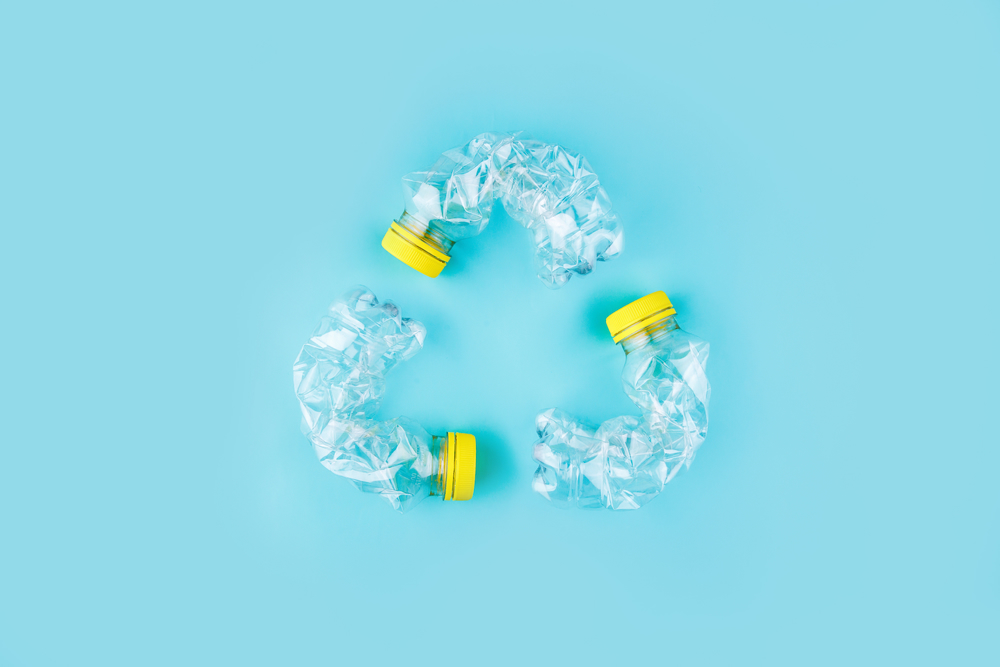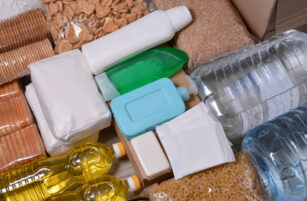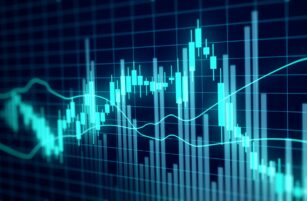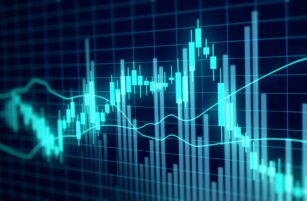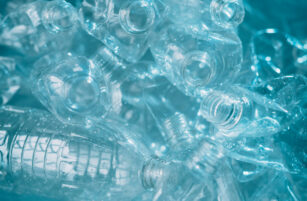Insight Focus
- Could the food delivery boom be harnessed for greater plastics circularity?
- EU set to impose mandatory recycled content targets, following UK example.
- Asian rPET market heats up as the Philippines first food-grade rPET plant begins operation.
This Month’s Top Trends
1. Could food delivery services be key to creating a working plastic packaging loop?
The pandemic has catalysed an acceleration in ecommerce, from groceries to take-outs, they are all just one-click away and are growing in market share versus in store purchases.
Revenue and the number of people using food delivery services have boomed since the pandemic. Uber Eats, a leading global food delivery service, reported 72% year-on-year growth in 2021, this level of growth has been mirrored across the entire industry.
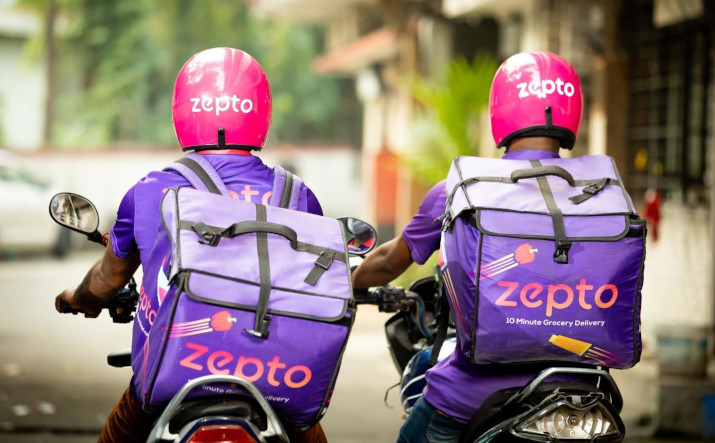
Sustainability goals from leading food delivery services have typically ranged from basic utensil opt-ins (Uber Eats), to subsidised procurement of sustainable packaging (Deliveroo).
iFood, Brazil’s largest home food delivery service, has committed to an 80% reduction in plastic cutlery, plates, cups, straws, and napkins included in orders by 2025. And this month announced that it will also reduce its use of polystyrene foam containers, plastic sachets, and plastic bags.

With a rapidly growing network of millions of users, restaurants, and food outlets, and a distribution structure to match, leading food delivery service providers could revolutionise packaging collection, reuse, and recycling.
As such, these companies have the potential to play a significant role in future plastics circularity. An idea that hasn’t gone unnoticed by Coca-Cola India and Zepto, one of India’s fastest growing food delivery businesses.
In early November, the two partners announced a ‘return and recycle’ initiative seeking to establish a new organised collection of PET bottles.
Using the Zepto app, consumers can access the ‘Return PET Bottles’ feature and return empty PET to the Zepto driver on their next delivery.
At present, this initiative is being trialled in Mumbai, with hopes of further scaling to other Indian markets soon.
2. Packaging industry faces mandatory recycled content targets in shake-up of EU packaging legislation
Following on from last month’s report, which highlighted proposed amendments to the EU Packaging and Packaging Waste Directive (PPWD) in 2022, further details in a leaked draft have come to light.
The draft proposal requires all plastic packaging placed on the EU market to “contain certain minimum amount of recycled content recovered from post-consumer plastic waste” as of January 2030.
Whilst draft proposals can still change before being published later this month, new 2030 and 2040 recycled content targets are anticipated along the following lines:
- 25% for contact sensitive plastic packaging like food wraps (50% as of 2040)
- 50% for single use plastic beverage bottles (65% as of 2040)
- 45% for other plastic packaging (65% as of 2040)
Recycled content targets already exist under the EU Single-Use Plastic Directive, which calls for all PET beverage bottles to incorporate 25% of recycled plastic by 2025, rising to 30% recycled content by 2029.
How the EU will marry the two sets of regulations, and smooth over the 2029/2030 transition period is unclear.
However, mandating a minimum recycled content within the EU, presumably with a plastic tax associated, would bring a working solution similar to the UK’s Plastic Tax that was introduced in April 2022.
Mandatory EU-wide levels would also bring about a uniform approach to packaging sustainability and taxation, by-passing disjointed and delayed country-by-country rollouts, seen in Italy and Spain.
The changes would also follow on from the existing EU Plastic Packaging Levy, which is set to run until 2027.
The EU commission are expected to publish the revised Packaging and Packaging Waste Directive (PPWD) on 30 November 2022.
3. Rapidly Evolving Asian rPET Market Sees Philippines first Food-Grade rPET Plant
Earlier this month, Indorama Ventures and their project partners, Coca-Cola Beverages Philippines (Coca-Cola PH), announced the official opening of its latest bottle-to-bottle PET recycling plant, PETValue, in the Philippines.
Located in General Trias in Cavite Province south of Manila, the new PETValue plant is the country’s first food-grade rPET operation and the largest plastics reclaim facility in the Philippines.
Despite facing COVID-related construction delays over the last couple of years, and a doubling of financial investment, the plant began operating at full capacity last month.
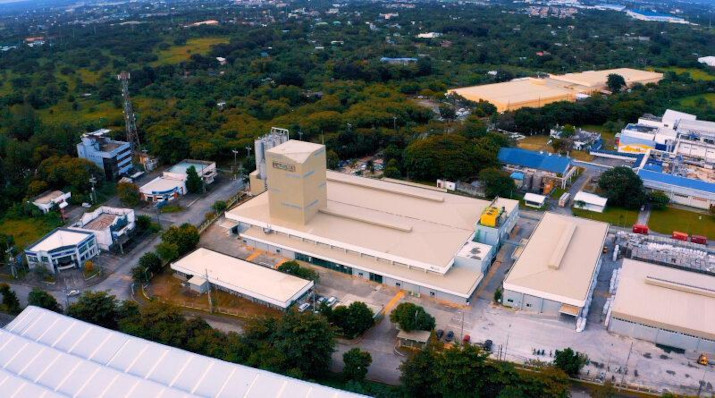
The new PET bottle-to-bottle recycling plant has a capacity to process approximately two billion PET plastic bottles annually, equivalent to around 30,000 tonne/year, with an output of 16,000 tonne/year of food-grade recycled resin.
Hot on the heels of this announcement, Coca-Cola PH reported that it will shift beverage bottles for several key brands to 100% rPET, excluding caps and labels by next year.
Coca-Cola PH had previously launch 100% rPET bottles for its Viva! water brand and shifted its Sprite 500ml bottle to 100% rPET in 2019.
Overall, the company aims to make 100% of their packaging recyclable by 2025, with at least 50% recycled content in their packaging by 2030.
Other Insights That May Interest You…
Plastics and Sustainability Trends in September 2022
Plastics and Sustainability Trends in August 2022
Plastics and Sustainability Trends in July 2022
